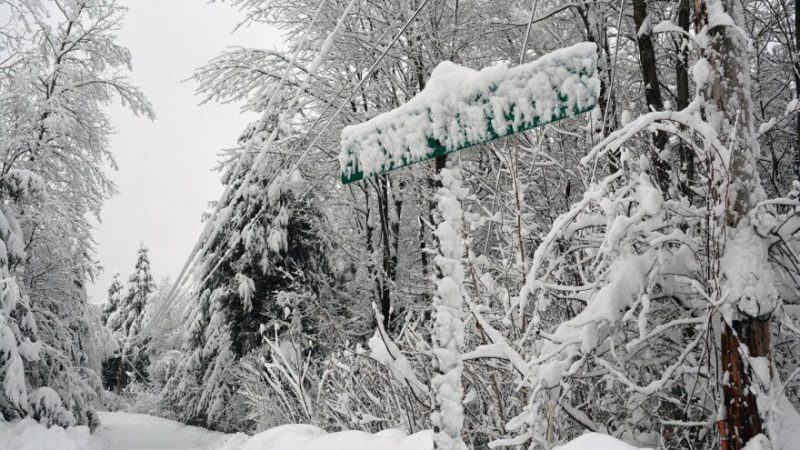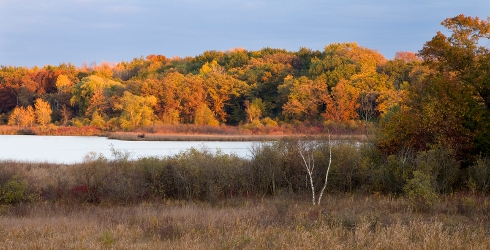The Mystery of Maenclochog Bluestones
Maenclochog, a small village located in the Preseli Hills of Pembrokeshire, Wales, holds a significant secret within its ancient landscape. The village’s name itself, which means “bell” or “ringing stones,” alludes to the intriguing bluestones that were once used as church bells in Maenclochog until the eighteenth century These bluestones have gained attention due to their connection to the famous Stonehenge monument in England. Research conducted in the past decade has traced the origin of the Stonehenge bluestones to a quarry near Maenclochog, shedding light on the mysterious journey these stones undertook This article delves into the enigma of Maenclochog bluestones, exploring their significance and the secrets they hold.
The Origin of the Bluestones
The discovery that the bluestones of Stonehenge originated from a quarry near Maenclochog has revolutionized our understanding of this ancient monument. Researchers have identified Carn Goedog and Craig Rhos-y-felin as the two quarries responsible for providing the bluestones used in Stonehenge’s construction . The geological composition of these stones matches that of the bluestones found at Stonehenge, confirming their origin. The transportation of these massive stones over 150 miles from Wales to Salisbury Plain remains a mystery, with various theories proposed, including the use of sledges, rafts, or even glacial transport .
The Sonic Secrets of Maenclochog
The association between Maenclochog and sound is not limited to its name. The bluestones found in this area possess unique acoustic properties that have fascinated researchers. The Landscape Perception Project (L&P) conducted by the Royal College of Art (RCA) has explored the sonic qualities of these stones, providing insights into the ancient soundscape of the region The project has confirmed the existence of lithophones in the Preseli area and their connection to the numerous Neolithic monuments found there .The sounds produced by these stones may have played a significant role in the spiritual and ceremonial practices of the ancient inhabitants, making the landscape sacred
Maenclochog’s Standing Stones
The landscape surrounding Maenclochog is peppered with standing stones, further adding to the mystique of the area. These ancient monoliths, some of which date back thousands of years, are believed to have served various purposes, including marking burial sites, acting as boundary markers, or having ritual significance The circular walk from Maenclochog to the summit of Foel Cwmcerwyn provides an opportunity to explore this intriguing landscape and witness these standing stones firsthand The presence of these stones adds to the rich historical and archaeological heritage of Maenclochog.
Maenclochog’s Historical Significance
Beyond its association with Stonehenge and its ancient stones, Maenclochog has a rich history that spans centuries. The village has witnessed the rise and fall of industries such as mining and quarrying, which have shaped its development over time. Today, Maenclochog is a vibrant community that embraces its heritage while looking towards the future. The village’s connection to Stonehenge has also brought increased attention and interest from researchers, historians, and tourists alike, contributing to its cultural significance.
Conclusion:
The bluestones of Maenclochog continue to captivate researchers and enthusiasts, offering glimpses into our ancient past. The discovery of their origin near the village has shed light on the mysterious journey these stones undertook to reach Stonehenge. Furthermore, the sonic secrets of Maenclochog and its standing stones provide insights into the spiritual and ceremonial practices of the ancient inhabitants. As we continue to unravel the mysteries surrounding these bluestones, Maenclochog remains a place of fascination and wonder, offering a glimpse into our ancient past.






